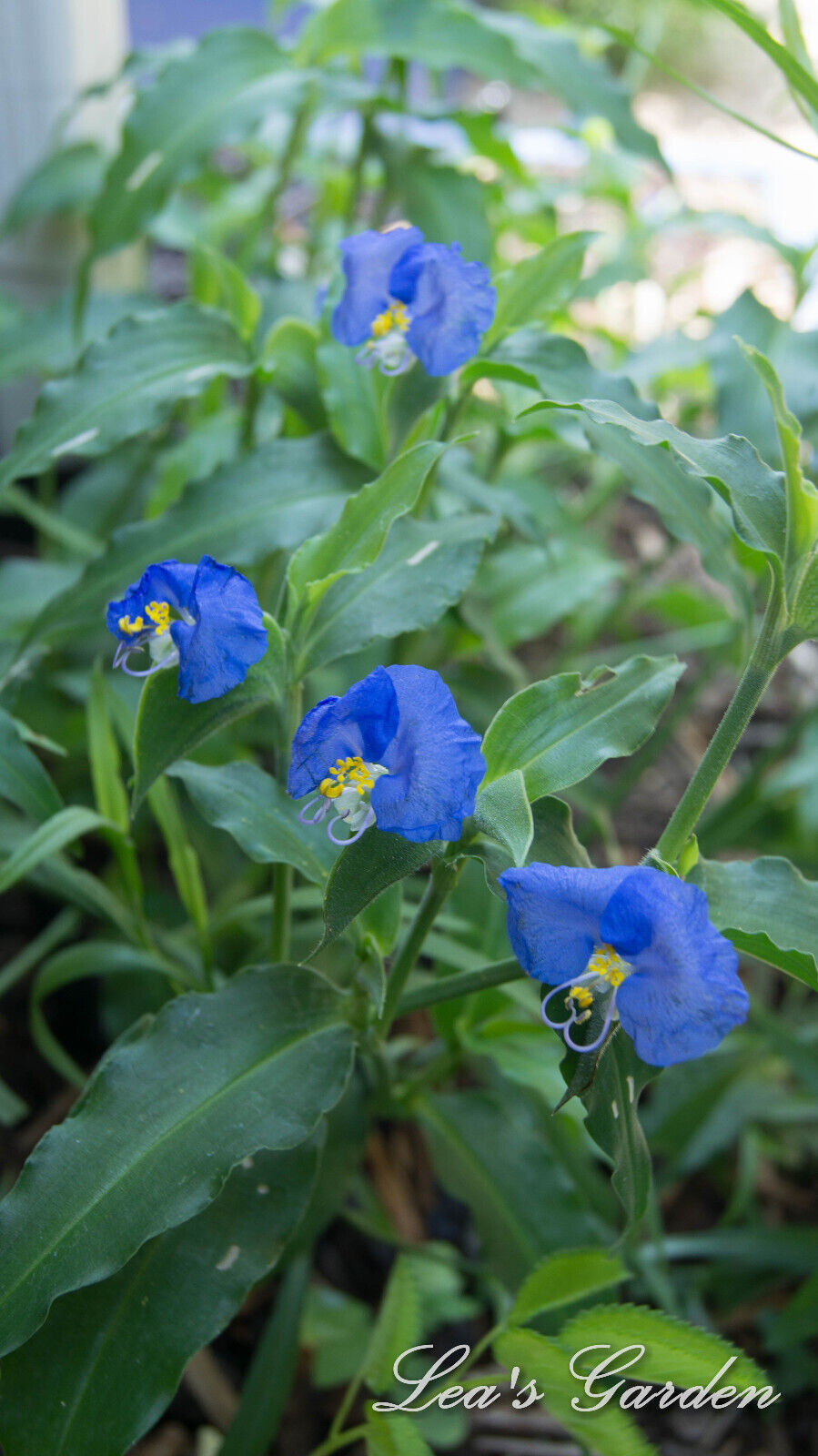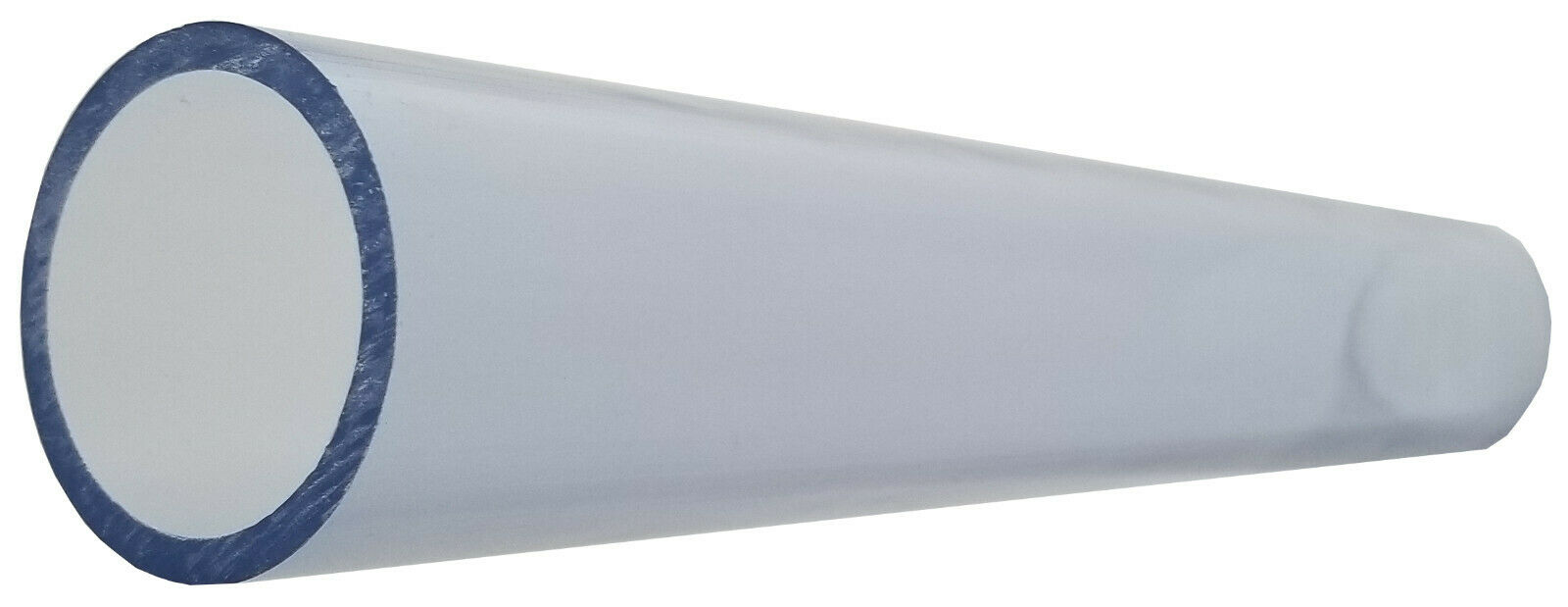-40%
widow's tears, erect dayflower (Commelina erecta)—20 seeds (.00)
$ 2.11
- Description
- Size Guide
Description
—widow's tears
,
erect dayflower,
whitemouth dayflower
(
Commelina erecta
)
—
U.S. native perennial flower
—
Size
: 36-48" tall by 36" wide
—
Site
: full sun
—
USDA Hardiness Zones
: 4-10
—
T
o
Propagate
: Seed needs no special pretreatment.
One of our native wildflowers whose blooms are in that rarest of flower colors—pure blue.
Widow's tears is also called whitemouth dayflower because the third much smaller white petal below the two blue petals looks like a small mouth. The soft, tissue paper petals are an amazing clear blue. Flowers last for
only
one day, hence the common name of the
Commelina
species
—dayflower.
When the flowers of widow's tears fade in the late afternoon they seem to melt forming a blue tear giving this species its other common name—widow's tears.
Though flowers last only for a day widow's tears produces a succession of blooms, much like the more familiar daylily, extending over a 2-4 week period. At the height of flowering one plant may have almost 100 flowers blooming at once! Deadheading extends flowering.
Very easy to grow, widow's tears forms fleshy roots making it easy to transplant at almost any time. Widow's tears also reseeds readily and because of the fleshy roots the small seedlings are easy to transplant. Unlike most
Commelina
species which are found in damp habitats,
Commelina erecta
is found in uplands, rocky glades, sandy areas, and dry sand prairies, making widow's tears the most drought and heat tolerant of the genus. The beauty of this plant belies its toughness—plants will only wilt with the most extreme drought and heat does not seem to bother them!
Widow's tears is naturally found throughout the southern states and southwest and as far north as Minnesota where it is listed as endangered—this species can be grown in almost any garden.
Note
: If you order more than one lot of one species of seeds, for example, you place two orders of 100 seeds we assume you want 200 seeds and your order will be sent in one seed packet.












